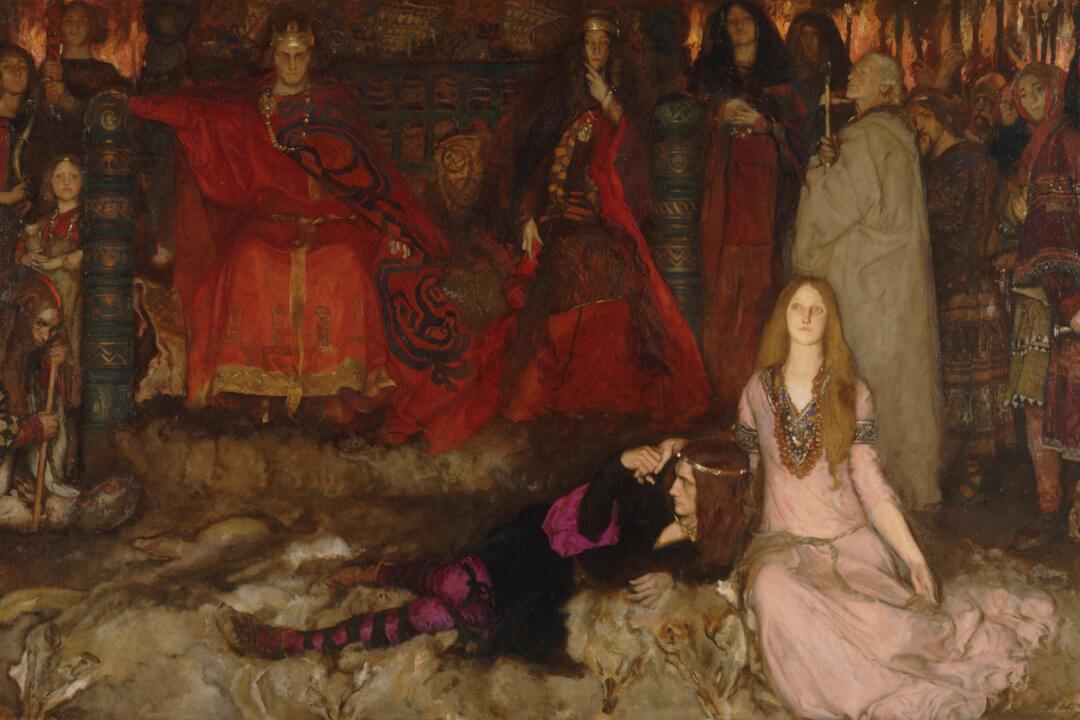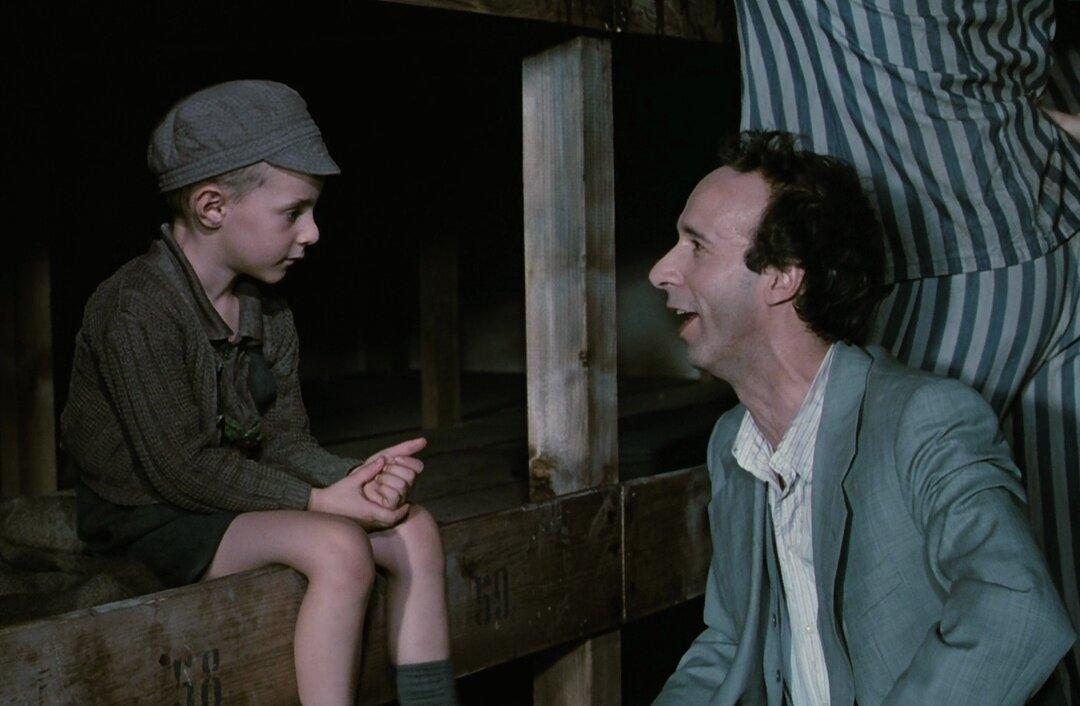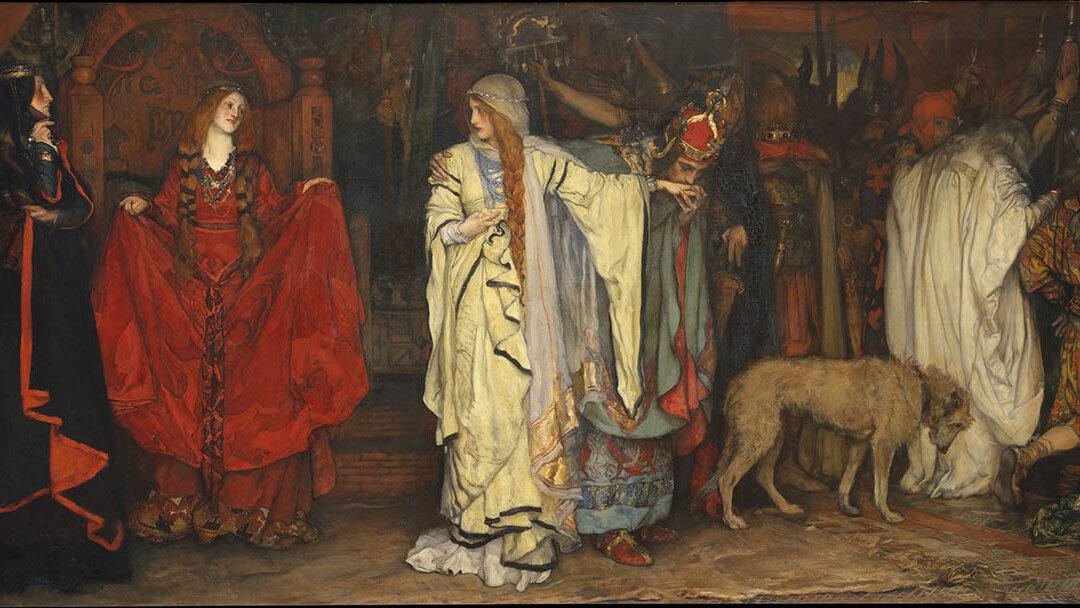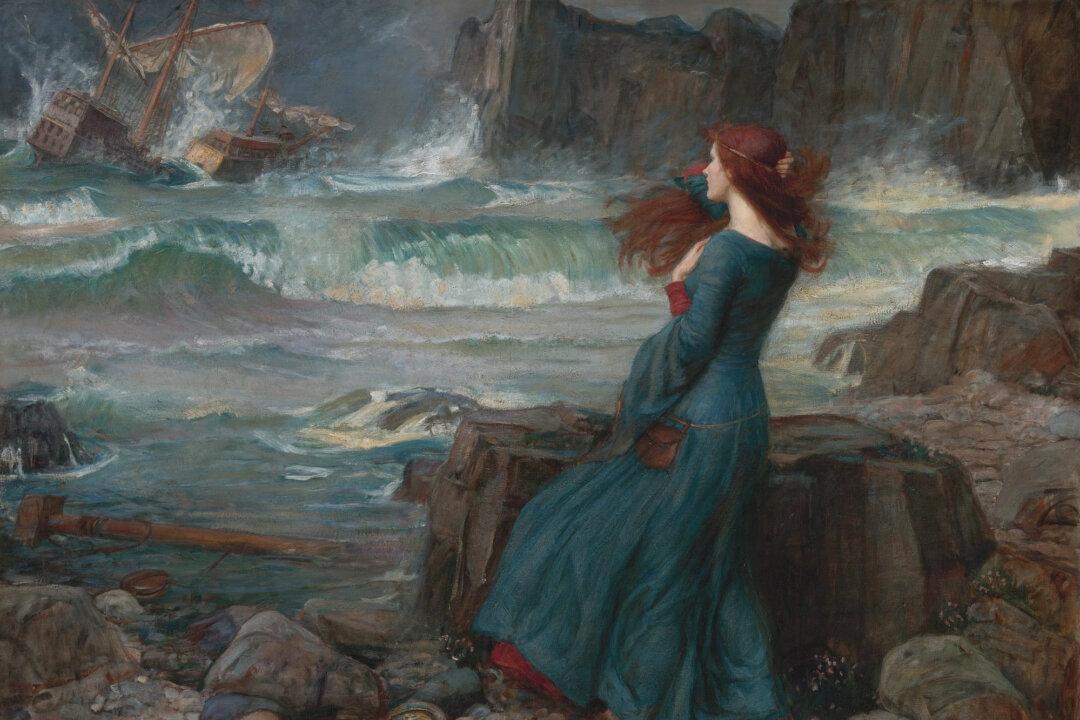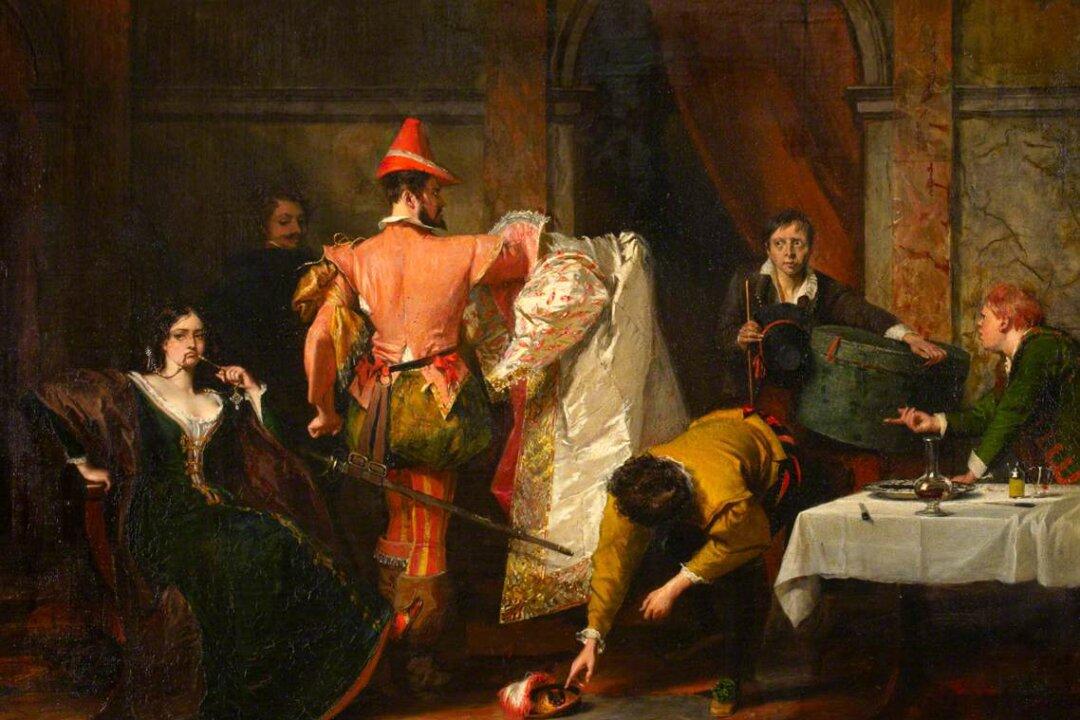The “To be or not to be” speech from Shakespeare’s “Hamlet” is, unfortunately, the most famous speech in all Shakespeare’s works. I say “unfortunately” because it has become famous for several wrong reasons.
People have thought of the speech as a passionate expression of intense emotion. It’s not. People have thought of it as indicating Hamlet’s suicidal tendencies. It doesn’t. People have treated it as the most important speech in the play. It isn’t.

